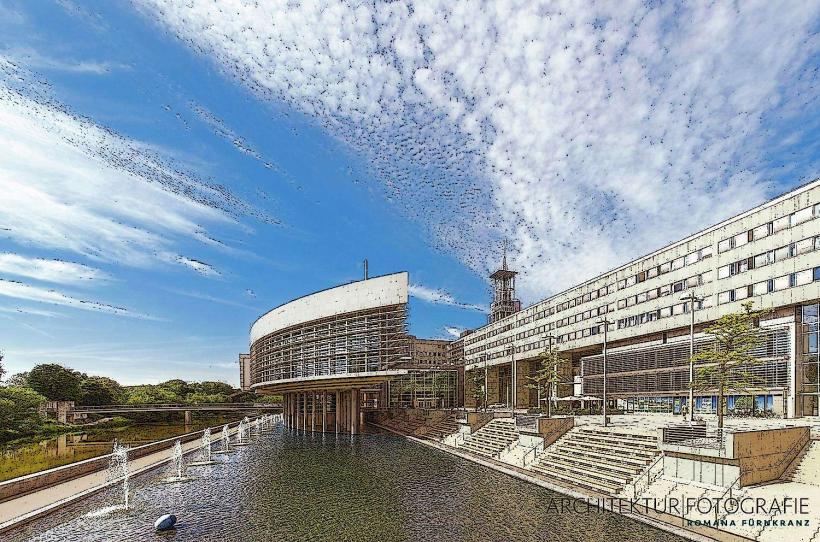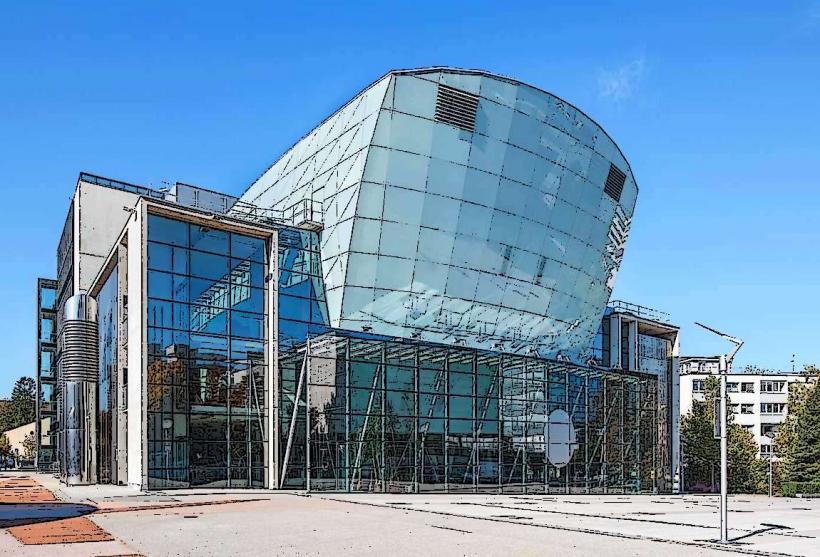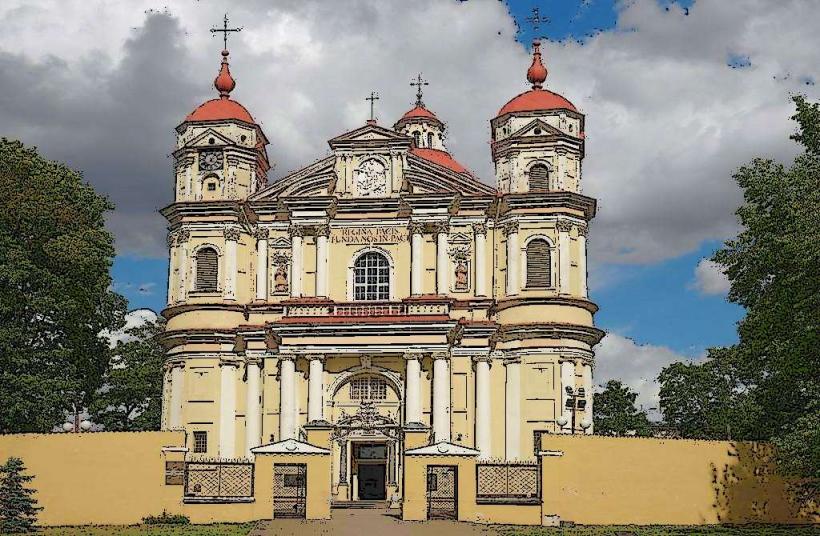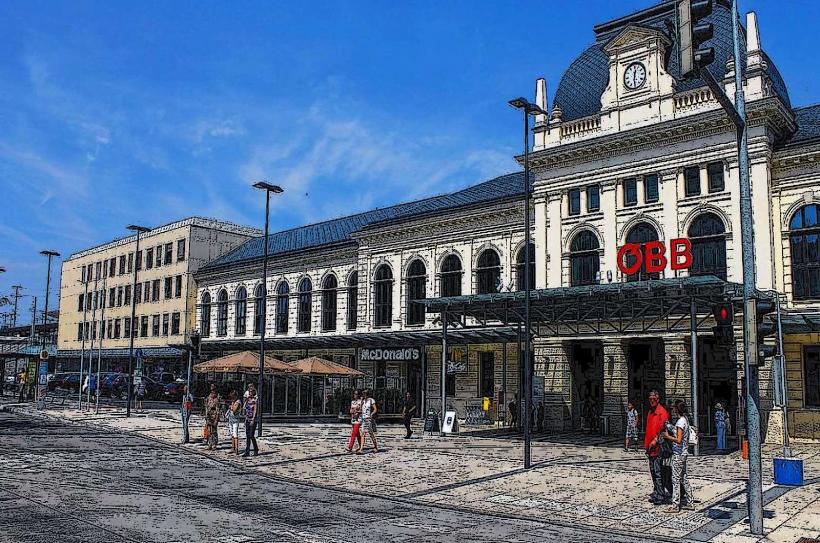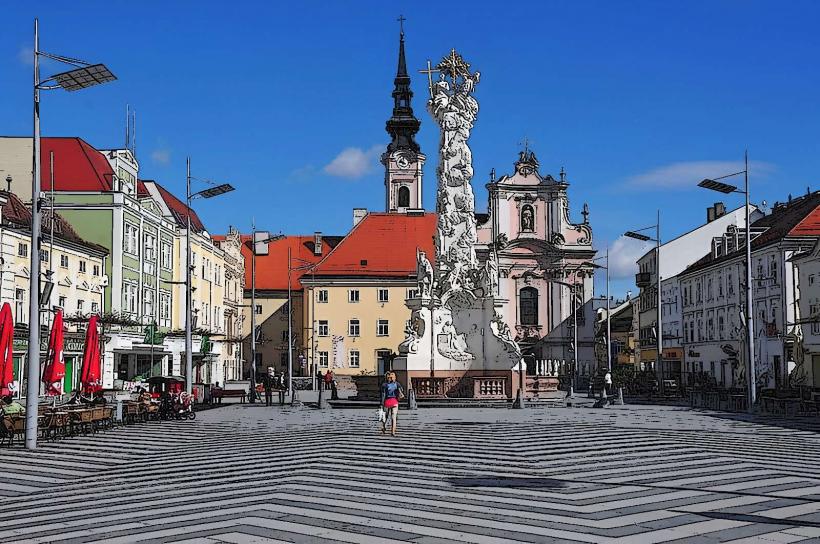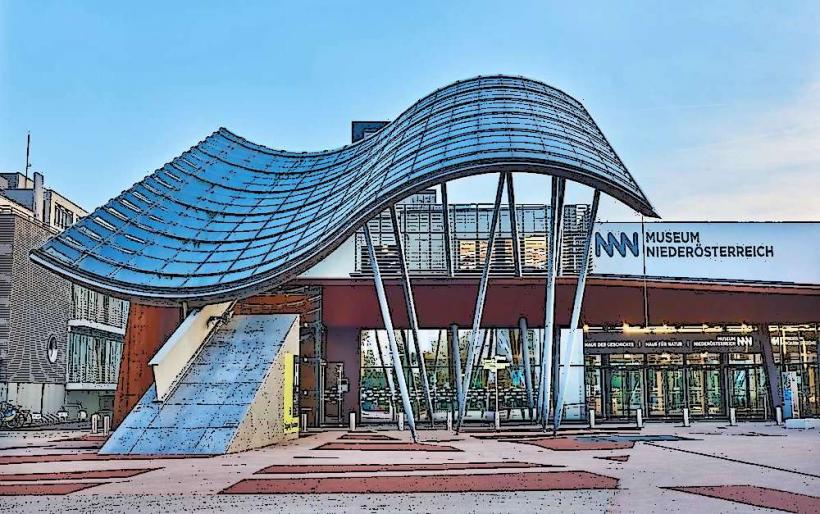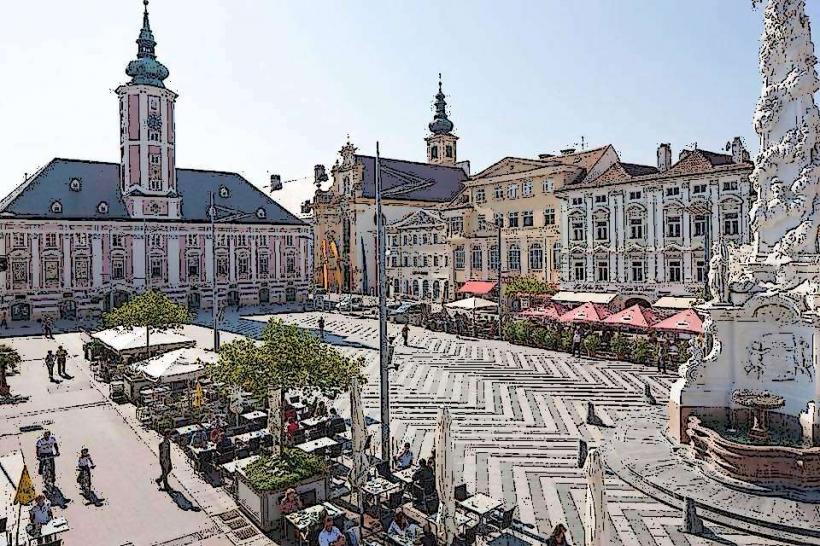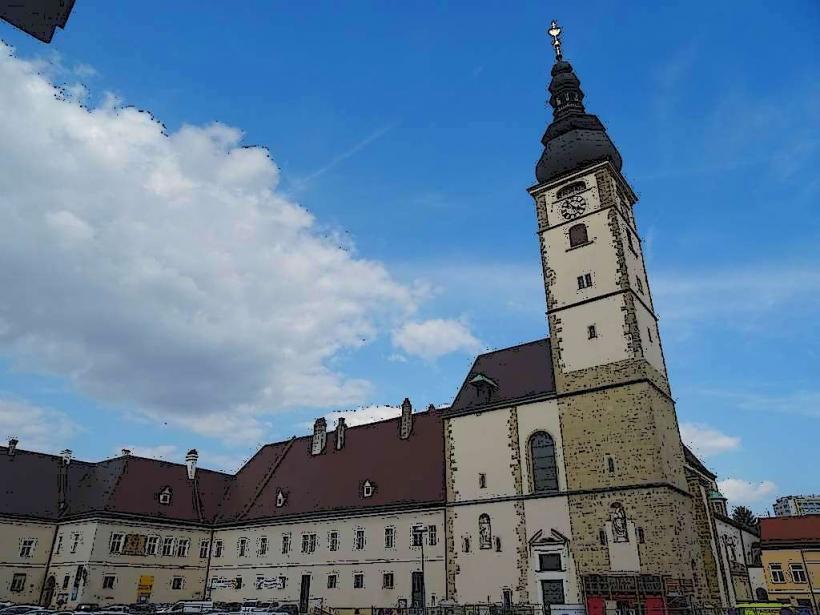Information
Landmark: Old Town of St. PöltenCity: St Polten
Country: Austria
Continent: Europe
The Old Town of St. Pölten, the capital of Lower Austria, is a charming and historically rich area that showcases a blend of medieval, Baroque, and modern architecture. Located along the Traisen River, St. Pölten’s Old Town is the heart of the city, with many of its oldest buildings, cultural landmarks, and traditional streets preserved for visitors to explore.
Historical Overview
St. Pölten has a long history that dates back to the Roman period, when it was known as Aelium Cetium. It became an important settlement during the Middle Ages, with the city officially being granted its town privileges in the 12th century. Over the centuries, the Old Town has seen various stages of development, particularly during the Baroque period, which left a lasting impact on its architecture.
Medieval Foundations: The Old Town is built on the foundation of an earlier medieval settlement. In the Middle Ages, St. Pölten was an important regional center, and several buildings from that period remain today.
Baroque Influence: The most significant architectural changes in the Old Town occurred during the Baroque era (17th–18th centuries), a time of religious and cultural prosperity in the region. Many of the city’s churches, squares, and public buildings were constructed or renovated during this period, giving the Old Town much of its characteristic Baroque style.
Modern St. Pölten: Although St. Pölten underwent modernization and urbanization in the 19th and 20th centuries, much of the Old Town has been carefully preserved, retaining its historic charm and appeal.
Key Landmarks in the Old Town
1. St. Pölten Cathedral (Dom zu St. Pölten)
The St. Pölten Cathedral is the most important religious and architectural site in the city. Situated in the heart of the Old Town, the cathedral is a stunning example of Baroque architecture, with its twin towers and impressive frescoes. Visitors can explore the interior, which features intricate decorations, side chapels, and a remarkable organ. The cathedral is a central point for both spiritual and cultural events in St. Pölten.
2. St. Pölten City Hall (Rathaus)
The City Hall is an important Baroque building in the Old Town, characterized by its decorative façade and grand appearance. The St. Pölten Rathaus is a symbol of the city's administrative and historical significance. The building houses municipal offices, and the surrounding area is often bustling with local events, markets, and public gatherings.
3. Bürgerhaus (Merchant House)
One of the charming historical buildings in the Old Town is the Bürgerhaus, a Renaissance-style merchant’s house. The building is notable for its decorative features, including painted windows and the impressive coat of arms of its original owner. The house is an example of the wealth and trade that flourished in St. Pölten during its early years as a town.
4. Church of St. John the Baptist (Johanneskirche)
This Gothic-style church is another important religious site in the Old Town. Originally built in the 14th century, the Church of St. John the Baptist features a beautiful, simple interior with an altar and some Gothic frescoes. It is a quiet, reflective space and adds a historical layer to the Old Town’s architectural landscape.
5. The Babenberger House (Babenbergerhaus)
A historical building named after the Babenberger dynasty, which played an important role in the region’s medieval history. The Babenberger House now houses the Museum of St. Pölten, showcasing the city’s history from Roman times to the modern day. Visitors can explore exhibits about the medieval, Baroque, and modern periods of the city’s development.
6. The Lower Austrian Provincial Government Building (Landhaus)
The Landhaus is an important administrative building, notable for its Baroque architecture and elegant courtyards. It stands as a symbol of the political and administrative center of the region. Visitors can take in the grandeur of the building’s exterior and nearby public spaces.
7. Rathausplatz (Town Hall Square)
The central square, Rathausplatz, is a hub of activity and an excellent place to enjoy the Old Town's historic atmosphere. Surrounded by beautiful Baroque buildings and cafes, the square is often the site of local festivals, markets, and outdoor performances. It’s a great starting point for exploring the area and offers scenic views of St. Pölten's historic architecture.
8. The Romanesque Tower
The Romanesque Tower is one of the oldest surviving structures in St. Pölten. It dates back to the 12th century and is a remnant of the original Romanesque fortifications that once protected the town. The tower is a symbol of St. Pölten’s medieval past and offers a unique glimpse into the city’s early history.
9. Old City Walls
While much of the old city walls have been demolished, some sections of the fortifications still stand today. These remnants are scattered throughout the Old Town and offer insight into the city’s medieval defense systems. The walls were once part of the town's protective barrier and were integral to its survival in the Middle Ages.
10. Wehrgraben
The Wehrgraben is a former moat that surrounded the medieval city walls. Today, it’s a peaceful area, ideal for a stroll, with its charming bridges and well-preserved path. It offers a picturesque view of the Old Town’s architecture, including several medieval and Baroque buildings.
The Old Town Experience
Atmosphere: St. Pölten's Old Town offers a mix of medieval charm and Baroque elegance. Narrow cobbled streets wind through the area, lined with historic buildings, cafes, and shops. The atmosphere is peaceful, with the Traisen River running nearby, and it's a perfect place for visitors who want to immerse themselves in the city’s history and architecture.
Cultural Events: The Old Town is a venue for a variety of cultural and community events throughout the year, including the St. Pölten Festival, open-air concerts, and local markets. The events are often held in central squares or in the surroundings of historic buildings, offering a lively and festive atmosphere in an otherwise calm environment.
Shopping and Dining: Visitors can enjoy a variety of local shops, restaurants, and cafes in the Old Town. Traditional Austrian pastries, coffee, and local delicacies are popular in the area, and there are several artisan shops selling handmade goods, antiques, and souvenirs. It’s a great place to spend an afternoon exploring and sampling the local culture.
Walking Tours: St. Pölten’s Old Town is pedestrian-friendly, making it easy for visitors to explore on foot. Several guided walking tours are available to learn more about the history and significance of the Old Town’s buildings and landmarks.
Conclusion
The Old Town of St. Pölten is a captivating area that offers a unique blend of historical architecture, cultural landmarks, and vibrant local life. From its Baroque churches to its medieval fortifications, the Old Town presents a fascinating snapshot of the city’s long and varied history. Whether you’re interested in history, architecture, or simply enjoying a peaceful stroll, St. Pölten’s Old Town is a must-visit destination for anyone exploring the region.

